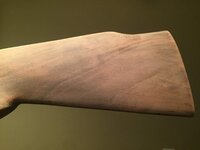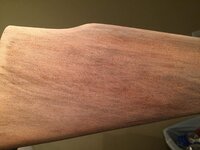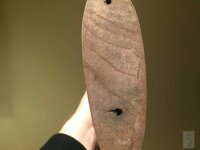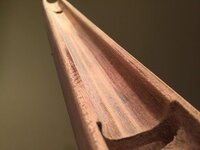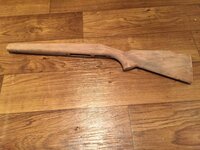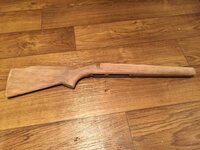- Messages
- 245
- Reactions
- 168
- Thread Starter
- #21
just went and checked it, scrubbed about 80-90% of that junk off and starting to see wood grain. Im getting excited. reapplied and will scrub it down again in a little while, it had a very reddish/brownish tint from the stain/paint i expect will come out with further treatments and then sanding.






